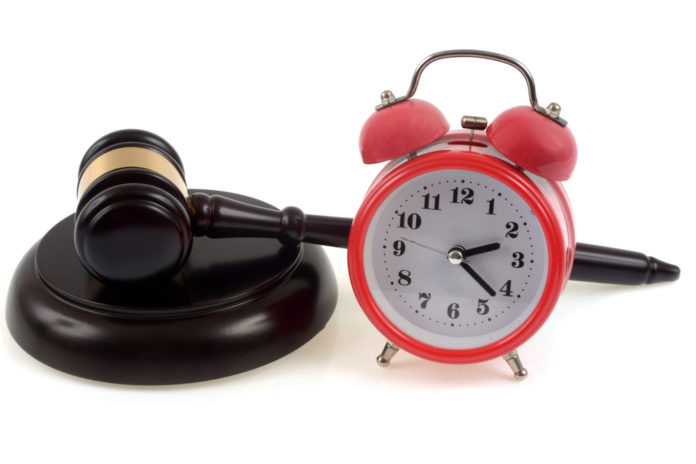The agency rejected the protester’s propsal as late. The protester argued that while proposals were due at 2 pm EST, the eastern time zone was observing daylight savings, so 2 pm Standard Time is 3 pm Daylight Time. The protester argued its proposal arrived before 3 pm Daylight Time, so it was timely. GAO did not find this argument compelling.
Home EC, Inc., d/b/a Connect Homes, GAO B-422542.2
- Late Proposal – Proposals were due at 2 pm EST. The protester submitted a proposal at 2:04. The agency rejected the proposal as late.
- Standard v. Daylight Time – The protester argued its proposal was timely. The protester reasoned the deadline for proposals was 2 pm Eastern Standard Time. But the eastern time zone had recently entered daylight savings time. Thus, 2 pm Standard was 3 pm Daylight Time. Because its proposal was received before 3 pm Daylight Time, it was timely.
- Daylight Time Is Standard Time – GAO rejected the protester’s argument. Under the Uniform Time Act of 1966. Standard time moves one hour during the daylight savings period. Thus, when clocks move ahead in the Spring, the standard time moved ahead one hour. Government activities must be conducted in accordance with the standard time in each time zone. So 2 pm Standard Time was Standard Time, even though the eastern time zone was in a daylight-saving period.
The protester is represented by Irina J. Mazor and Peter F. Lindborg of Lindborg & Mazor, LLP. The agency is represented by Matthew Lane, Ekta Patel, and Lisa Dilliplane of the Department of Homeland Security. GAO attorneys Todd C. Culliton and Tania Calhoun participated in the decision.
–Case summary by Craig LaChance, Editor in Chief




